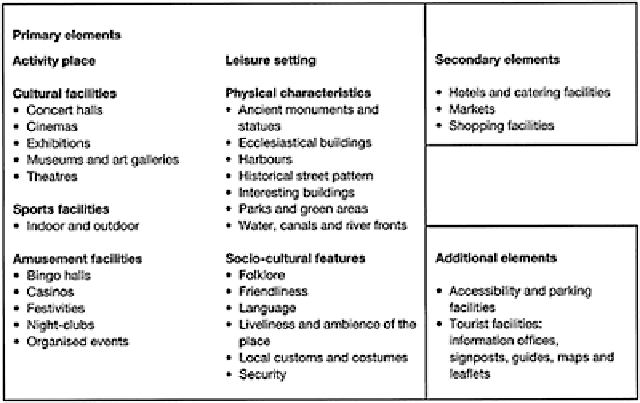Geography Reference
In-Depth Information
dynamics of the tourism production system begin to help to develop a more central
perspective of tourism which fits into the broader conceptualisation of capitalist
accumulation, and the social construction of reality, though marketing and the
construction of place may provide new areas for future geographical research. In fact,
what one realises from a critical analysis of tourism using political economy perspectives
is that it is a constantly changing phenomenon, with an ever-changing spatial
organisation. The processes affecting the political economy of production and
consumption require a critical awareness of the role and activities of entrepreneurs, the
flow of capital and its internationalisation, the impact of industrial and regional
restructuring, urban development, changes in the service economy and how the
production of tourism results in new landscapes of tourism in a contemporary society
(Meethan 2004). Aside from theoretical analysis, geographers have developed other
concepts and methods of analysis, and we now turn to these approaches.
Figure 3.5:
The elements of tourism
Source:
modified from Jansen-Verbeke (1986)
THE LEISURE PRODUCT
Within the context of urban tourism, Jansen-Verbeke (1986) viewed the urban area as a
'leisure product' (Figure 3.5) which comprises primary elements including a variety of
facilities that may be grouped into:
• an activity place, thereby defining the overall supply features within the city,
particularly the main tourist attractions
• a leisure setting, which includes both the physical elements in the built environment and
the socio-cultural characteristics which give a city a distinct image and 'sense of
place' (see Walmesley and Jenkins 1992 for a discussion of this concept) for visitors





